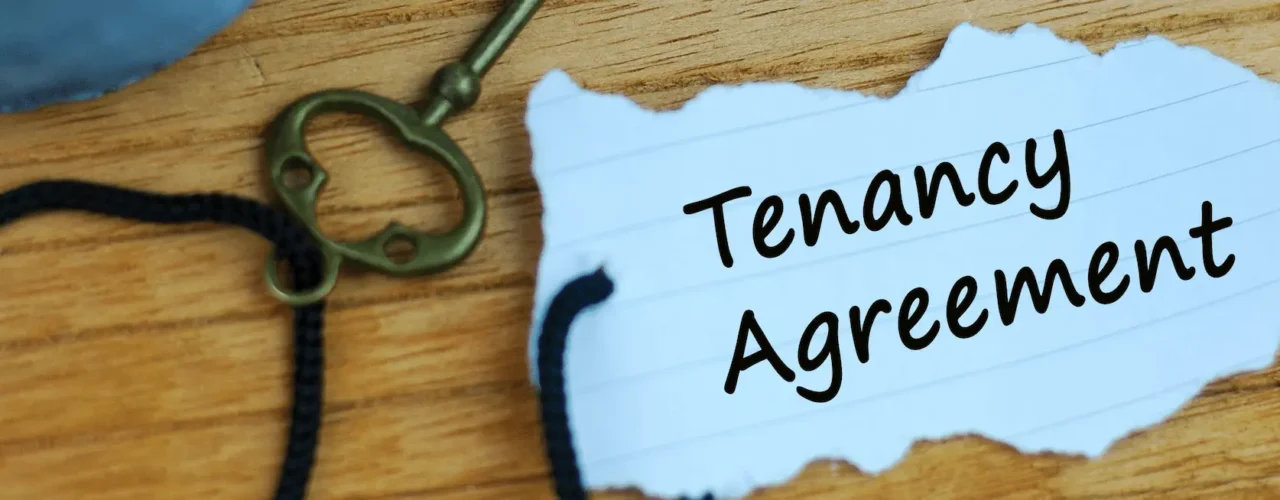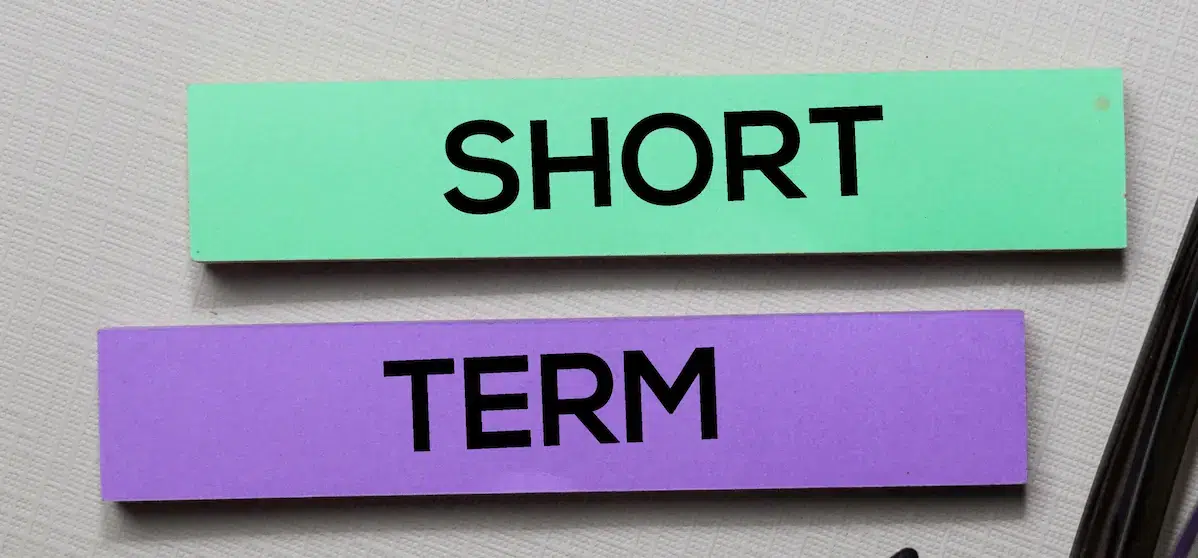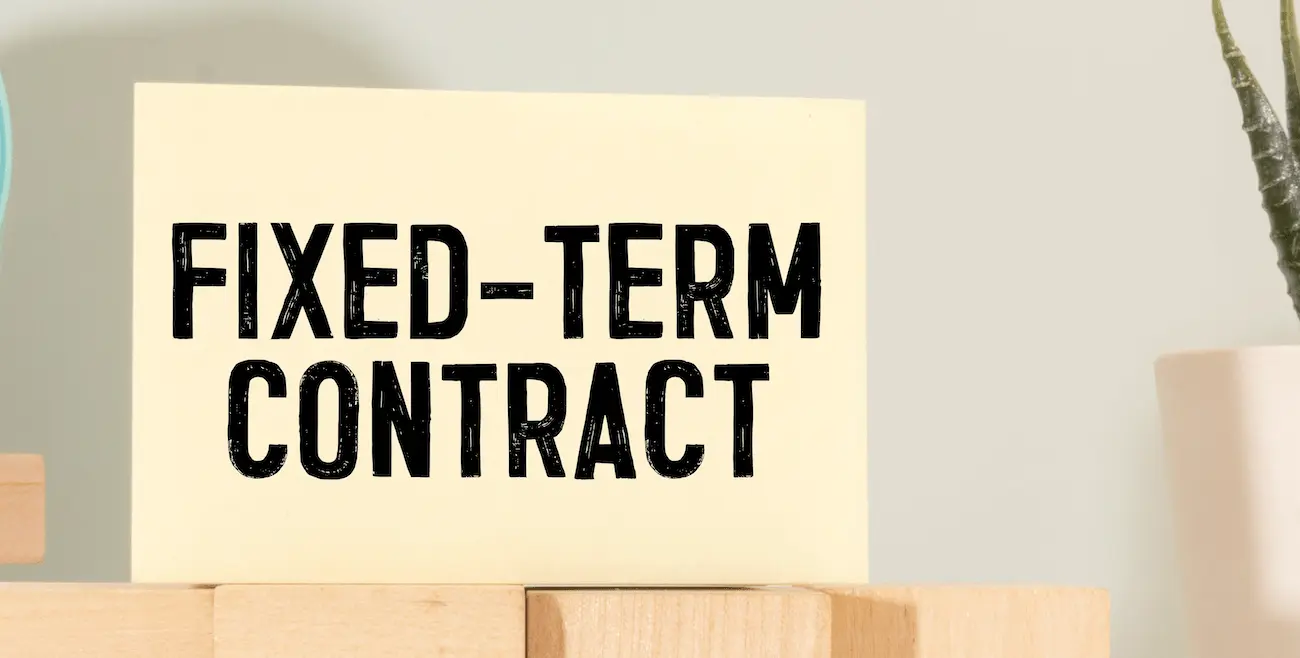
What is a rolling tenancy agreement?
05-08-2025 | FinancialA rolling tenancy agreement, also known as a periodic tenancy, is a tenancy agreement that does not have a fixed end date. It is a common agreement in the UK rental market that allows flexibility for both the tenant and the landlord.
Unlike the more common fixed-term agreement, a rolling tenancy agreement typically runs as a monthly rolling contract tenancy until either the landlord or tenant gives notice to end it. This comprehensive guide will explore what a rolling tenancy agreement is and how it works.
This article will also compare a rollover tenancy agreement with fixed-term renewals to help landlords decide what is most appropriate for their property and portfolio.
Understanding a rolling tenancy agreement
A rolling tenancy agreement is a type of tenancy that automatically renews at the end of each period (typically monthly) without a fixed end date. It is often referred to as a monthly rolling contract tenancy agreement, a rollover tenancy agreement or, more formally, a periodic tenancy.
A rolling tenancy agreement is an advantage for some tenants who do not want to commit to a long-term lease and for some landlords who want the flexible option of regaining possession of their property at short notice.

How does a rolling tenancy agreement come into effect?
A monthly rolling contract tenancy has two common ways of coming into effect.
- Automatic transition: If the fixed-term tenancy agreement ends and neither the landlord nor the tenant signs a new fixed-term agreement, a rollover tenancy agreement automatically starts. This happens by default, unless the original tenancy agreement says otherwise.
- Set up from the start: If the agreement has no end date, it is possible to have a rolling tenancy agreement from the start.
Different types of rolling tenancy agreements
There are two different types of rollover tenancy agreements: statutory periodic tenancy and contractual periodic tenancy. The two types have slightly different characteristics.
What is a statutory periodic tenancy?
This type of rolling tenancy agreement happens when a fixed-term tenancy agreement ends and neither party signs a new fixed-term agreement. Section 5 of the Housing Act 1988 intervenes to form a new tenancy agreement. This is known as a statutory periodic tenancy, and it continues under the same terms as the previous tenancy agreement.
How do rent payments and notice periods work for a statutory periodic tenancy?
If the tenant pays monthly rent, this will continue as a monthly rolling contract tenancy agreement. Likewise, if the tenant pays weekly or quarterly, the payments will continue as before. Under this type of rollover tenancy agreement, landlords must provide a two-month written notice, using a Section 21 notice.
What is a contractual periodic tenancy?
This type of rolling tenancy agreement occurs when a rolling tenancy agreement has been established from the outset or when a specific clause in the original fixed-term tenancy stipulates that it will continue as a periodic tenancy.
How do rent payments and notice periods work for a contractual periodic tenancy?
Landlords and tenants can negotiate specific terms, such as notice periods or rent adjustments, which may differ from statutory rules. Landlords must give a two-month written notice using a Section 21 notice if the rental period is one month or less. If the rental period is quarterly, landlords must provide a three-month written notice. The notice period might need to be extended slightly because it has to expire on the day before the next payment is due..
Understanding whether your rolling tenancy agreement is statutory or contractual is crucial for knowing your rights and obligations.

Rolling tenancy agreement vs. fixed-term renewal
As a landlord, it’s worth comparing the two types of tenancy to work out which is best for your situation when a short-term tenancy agreement ends. Here is a comparison table to help landlords pick the best option for them:
| Aspect | Rolling tenancy agreement | Fixed-term tenancy agreement |
| Duration | Continues for an unspecified period of time. Usually, this does not occur until either party supplies a notice or the landlord creates a fixed-term tenancy agreement. | This continues for a fixed amount of time, usually 6 or 12 months. |
| Flexibility | Lots of flexibility for both parties. They can end the agreement with a short notice period. | Significantly less flexibility. Landlords and tenants are locked in until the fixed-term expires. |
| Rent adjustments | Landlords can increase rent with a notice once a year. | Landlords can only increase the rent during the period if the tenant agrees to it. The landlord should follow the procedure outlined in the tenancy agreement. |
| Tenant attraction | The fact a landlord can end the agreement with a short notice might be offputting for a lot of tenants. On the other hand, some will be attracted by short term rent opportunities. | There should be no problem with attracting tenants with this kind of agreement. |
| Landlord admin work | Admin work is reduced as there is no need to create a new agreement. | Landlords will need to create a new tenancy agreement and collect signatures. |
A rolling tenancy agreement is ideal for landlords who want the flexibility to sell the property, use it themselves, or prepare for lengthy renovation works.
A fixed-term rental agreement is ideal for landlords who want a stable rental income and dodge costly void periods. Whether you opt for a monthly rolling contract tenancy or a fixed term, it’s best to be prepared for all eventualities with landlord insurance.
We have the expertise to find the best landlord insurance deals that are suitable for your needs as a landlord. Contact us today at 01788 818 670 for a quote, and don’t forget to visit our resource centre for more information on how to be a successful landlord.
We won't be beaten on any like for like landlord insurance quote.
Get a quote